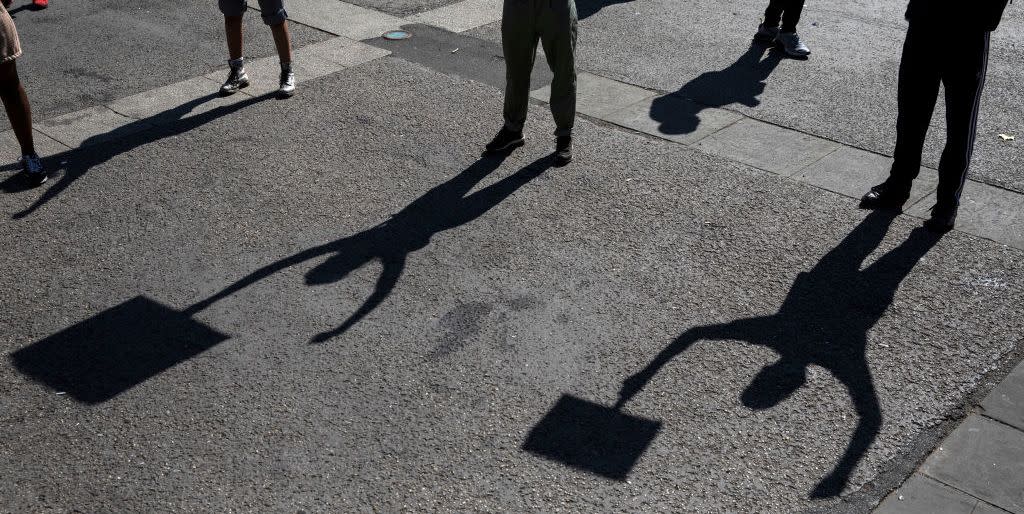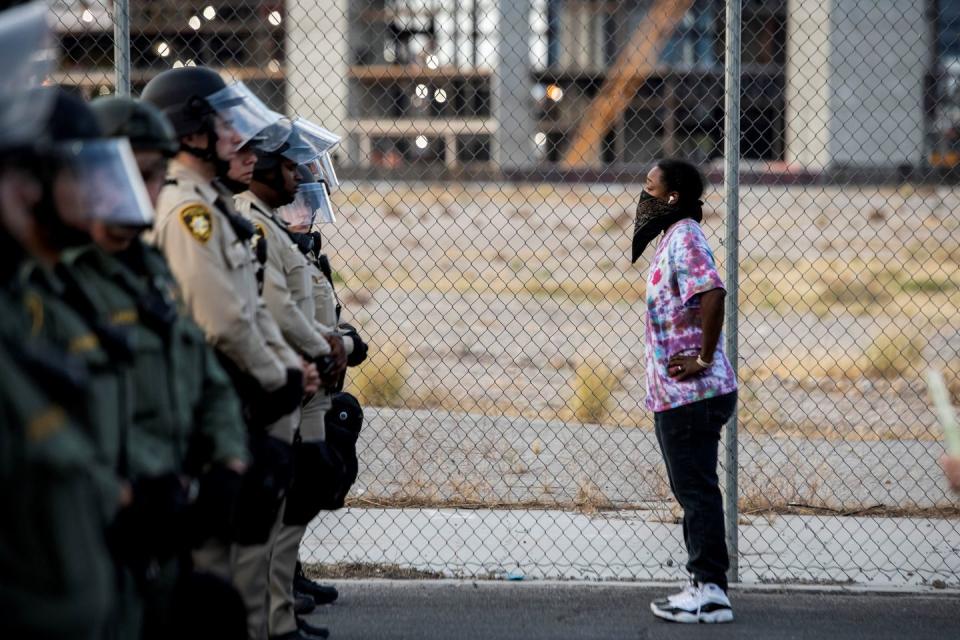Silent racism: why not speaking up becomes lethal for the collective

Who could have predicted that 2020 would be filled with such atrocities, brutality and oppression? In Minneapolis, Minnesota, a grand jury declined to indict the police officer who choked unarmed 46-year-old George Floyd to death on 25 May - an act which sparked protests across the world to speak out against outrageous failures of justice.
The racial crisis has been underlying for decades, but never before has society on such a wide scale come together to address equality and political reproaches. Many have, up until this point, performed a collective play-act of ignorance by supporting a fair system on media platforms, but at the same time staying silent when it comes to physically speaking out against racial inequality. Many have avoided the unease and embarrassment of looking at white privilege and racism squarely - until now. For example, in a Twitter post over the weekend following Floyd’s death, white ice hockey Jets captain Blake Wheeler broke his silence on American racism. In a conversation with his son, he unpacked growing up in Detroit in the late 1960s, when the city was wracked by race riots and painful divisions.
“My generation didn’t get it right,” he wrote. “Hopefully yours does.”
Wheeler is just one individual who is done with staying silent and who wishes he’d spoken sooner. Now, he wants to use his platform to push for change against inequality, urging his fellow athletes to follow suit in becoming an ally. Floyd’s death moved him to speak up.
We must use this time to have these conversations about racial inequality - as difficult and as uncomfortable as white people might find them. It is time to listen to BAME communities. From discomfort comes growth.
Why is it so difficult for society to break such silence and nurture liability measures when it comes to topics of race? “Years of collated personal feedback shows that it is almost impossible for another race to empathise with something that they have never experienced themselves,” says Shanna Bent, creative director and designer, and founder of her eponymous womenswear label Maison Bent. “Because of this, it has been increasingly difficult to share my personal experiences of racial injustice, especially while being the only person of colour in the room.”
Silent racism can be as dangerous as acts of blatant racism. BAME communities all learnt about silent racism growing up, but most of us don’t notice it - purely because the institutionalised terms of 'racist' and 'not racist' feel too deliberately extreme. The truth is, whether tacit or otherwise, using race to determine a person's characteristics and abilities is racism. I can’t be the only black man who has been asked for a proof of identity when paying for a bill, knowing that the white man ahead of me in the queue wasn’t asked to provide the same. This form of racism isn’t explicit, it isn't loud, but it is still humiliating and internally distressing.
Recent events in the United States have catalysed the need for educators to be paying attention and discovering new ways to dialogue about race. Society demands it of them.
White American activist Tim Wise explains this very succinctly in a 2002 essay. He explains the n word was the term used by white people to dehumanise black people, to imply inferiority, to put them in “their place”. After all, you cannot put white people in “their place” if they own it to begin with. Racism belongs to white people.

Silent racism is the complete opposite: it can also be referred to reverse racism. While white people have held a high degree of power throughout history since slavery, many will not actively speak up against racial struggles that oppress the minority because, not only do the privileges that come with whiteness guarantee an easier life, but they often have a blindness to these unearned advantages. White people cannot experience silent racism, but they can exploit it by not acting against it.
As revolution rolls in, the slow-yet-sure advancement in racial justice is coming apace. “The Black Lives Matter march in London recently shows change. I was overwhelmed by the multitude of races who risked their own safety during a pandemic in solidarity of the Black Lives Matter movement,” says Bent. “It is a reflection that people are really beginning to understand - that racism is no longer a figment of our imagination. It is no longer something that only we as black people have to fight against. It is for this very reason that we need to never be silent, continue to speak out and share our stories as this is the only way change can happen. If we stop talking, the issue becomes irrelevant and forgotten.”
By sitting smugly in the “silent non-racist” group and claiming a nuanced innocence, we undermine the fight for racial justice by refusing to connect with the brunt. “Enough is enough. I’m born and raised in Italy and I live in a very narrow-minded society where black people are still not accepted in workplaces,” reflects Winta Beyene, an Eritrean native and Milan-based visual merchandiser who has dealt with inequality both in personal and professional circumstances. “What I want to see for my tomorrow is an increase of more black people in a workplace. It’s still so rare to see a black leader in my kind of job, too. In fashion, nobody is excluded from this systemic oppression. This needs to end; we’re living in 2020 and the world deserves a plethora of diverse people to embrace a full-immersion in diversity,” she concludes.
Silent racism, because of its dominance in white culture, is a socio-cultural threat. For instance, decisions made in the midst of silent racism strongly impact the daily lives of mixed-raced children of African American provenance, where ignorant statements about heritage often arise, strengthening the problem. We must call out racism when we see it, not just post a black square on Instagram.
Many are the solutions that stare at us in the face. We must get rid of prejudice and address this issue in a new way, labelling this evolution as a continuum threat to flout against racism. Engaging in such conversations can be overwhelmingly stressful if there’s a lack of understanding. This step alone - the simple idea of learning - would shift how well-meaning, white-washing institutions think about racism, growing introspective conversations among the collective. We would stop worrying about whether we’re racist or not, acknowledging that we all are, to some extent. Lastly, we would weigh racism and be more reflective, resulting in a much more constructive line of thought.
As seen with Floyd, neglecting this phenomenon is deadly.
Sign up to our free weekly newsletter for more from Harper's Bazaar, straight to your inbox.
You Might Also Like

 Yahoo News
Yahoo News 
